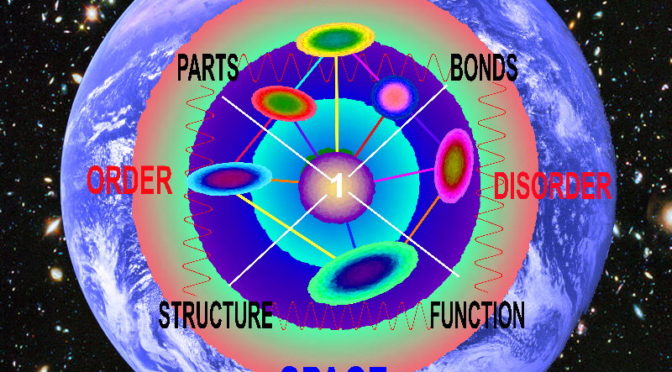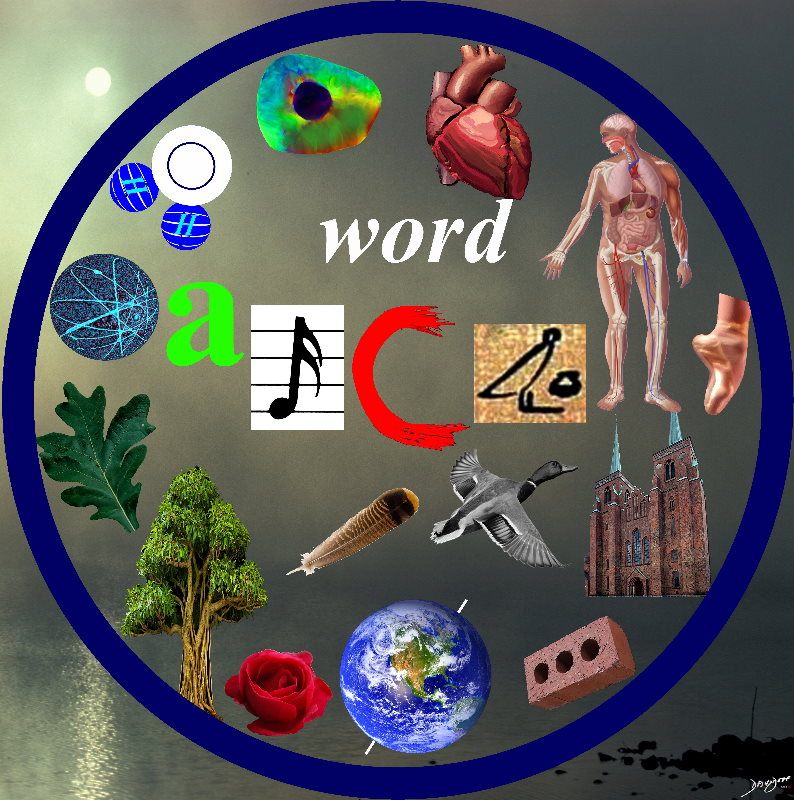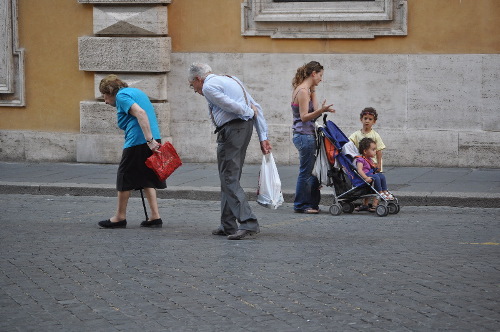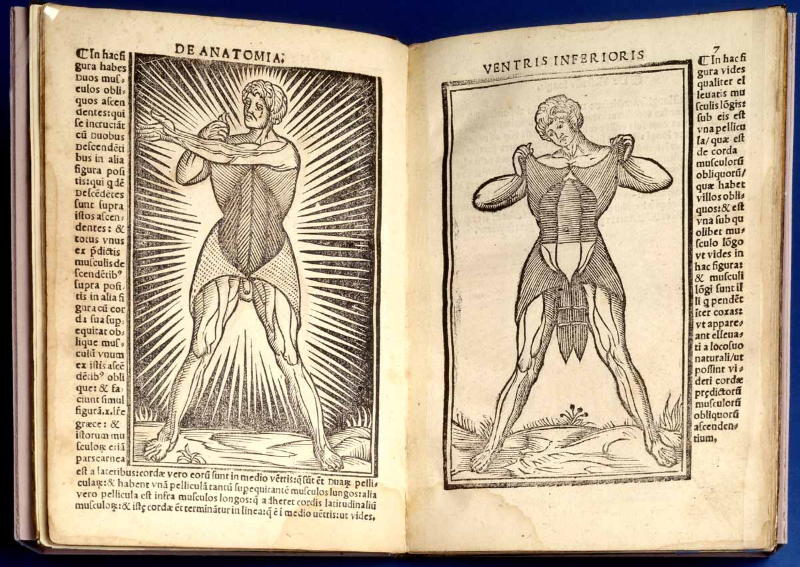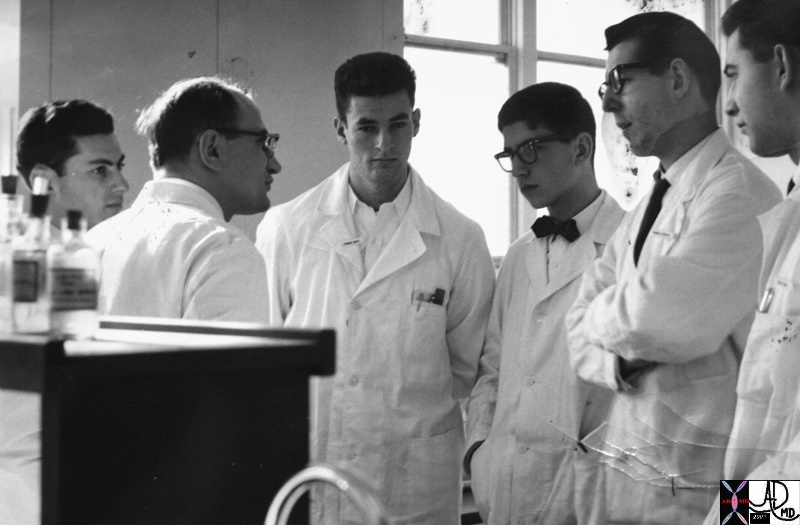In all of LIFE, when compatible parts are optimally positioned, they yearn for wholeness and therefore connect, bond and function together as one structure in time and space. As a consequence, there is a surprising and sometimes miraculous result . Sometimes this leads to more order and sometimes more disorder. Often the result is a flux in a state between order and disorder.
This is the beginning and the end of the story of The Common Vein.
Everything in us and around us is made of parts each representing a unit of structure.

Courtesy Ashley Davidoff
units-0005b
Units
In the world of language the single and the simple is the letter, while in the world of music and painting it is the note, and the brushstroke respectively. The letter moves on to the word, the note to the bar, and the brush stroke to an object in the painting. In biology the cell is the basis of the organ and organism. The Mozarts, van Goghs, Einsteins and Shakespeare’s of the world, organized connected and integrated the units in such a way so as to create a genius result – certainly one that is more powerful than the individual parts. In biology, years of evolution have slowly crafted the human body into a miraculous machine which we have the good fortune to own, and honor. In the medical world we also have the opportunity to study it, and to unravel and understand its mysteries.
The biological unit is considered to be a relatively independent unit that is connected to other biological units that together form a larger unit.. The cell forms a tissue, the organs form the systems and and the systems the body. The couple, family, and community are also considered biological units in the context of the common vein project.
The parts are driven by a variety of forces to bond with other parts

This art piece demonstrates a generic representation of bonds. In biology these bonds are commonly related to attractive electrical forces.
Courtesy Ashley Davidoff
TCV-0085
Unbonded Bonds This art piece demonstrates a generic representation of bonds. In biology these bonds are commonly related to attractive electrical forces. Courtesy Ashley Davidoff
When compatible parts are optimally positioned, they connect, bond and function together as a new structural unit with its own need and yearning to bond. This applies to all elements of biology including, the atoms, molecules, cells, organs as well as people.
The Basic Concept
When parts bond they create a new unit
A NEW UNIT – ONENESS

This art piece depicts the universal structural organization in biology. Different parts of a structure (drawn as disc shaped structures in the periphery of the art piece) are bonded to form a new and unique entity (sphere in the center) , with unique function guided by universal and common principles
Ashley Davidoff MD
TCV-0003
Parts in biology bond to create structure and function in time and space. The purpose to create more order and a oneness. This sometimes leads to order and health, and sometimes leads to disorder and disease.
BONDING OF STRUCTURAL PARTS

In biology all the parts need to bond in structure and function to create a unique unit that has unique specialised structure and function. The structural parts in turn bond and combine their functionality for the good of the whole.
Copyright Ashley Davidoff MD
TCV-0091
BONDING OF FUNCTIONAL PARTS

In biology all the parts need to bond in structure and function to create a unique unit that has specialised function. The functional parts in turn bond and combine their functionality for the good of the whole.
Copyright Ashley Davidoff MD
TCV-0090
Result
The result may be good or bad, or indifferent leading to more order or more disorder in the world



Courtesy
Ashley Davidoff MD
order disorder-0002
This concept has universal application to all structural organization starting at the atom and extending to the solar system and probably the universe
Some Quotes about PRINCIPLES
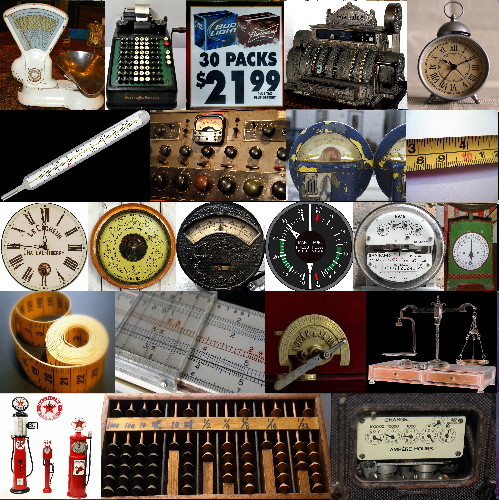
By denying scientific principles, one may maintain any paradox.
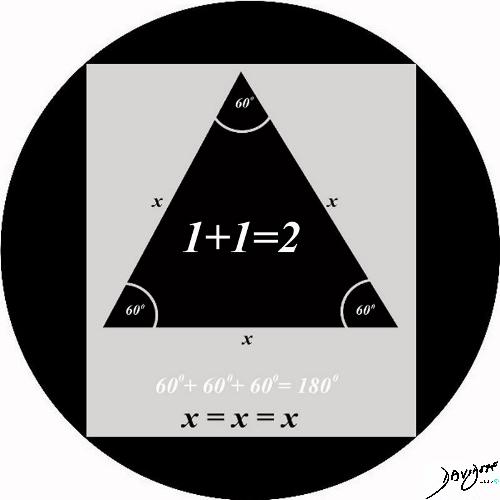
Important principles may, and must, be inflexible.
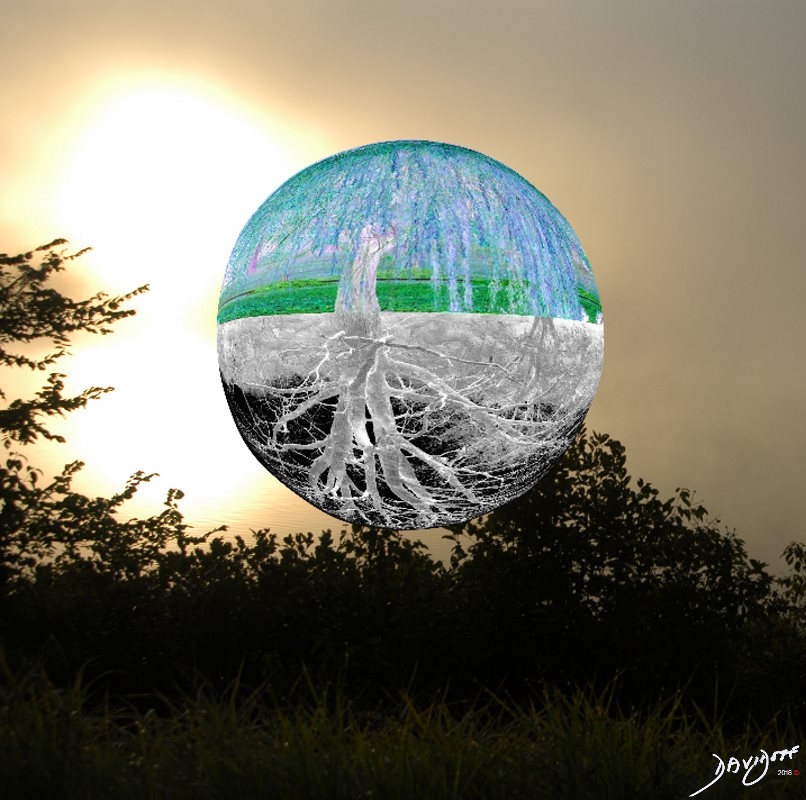
Change your opinions, keep to your principles; change your leaves, keep intact your roots.
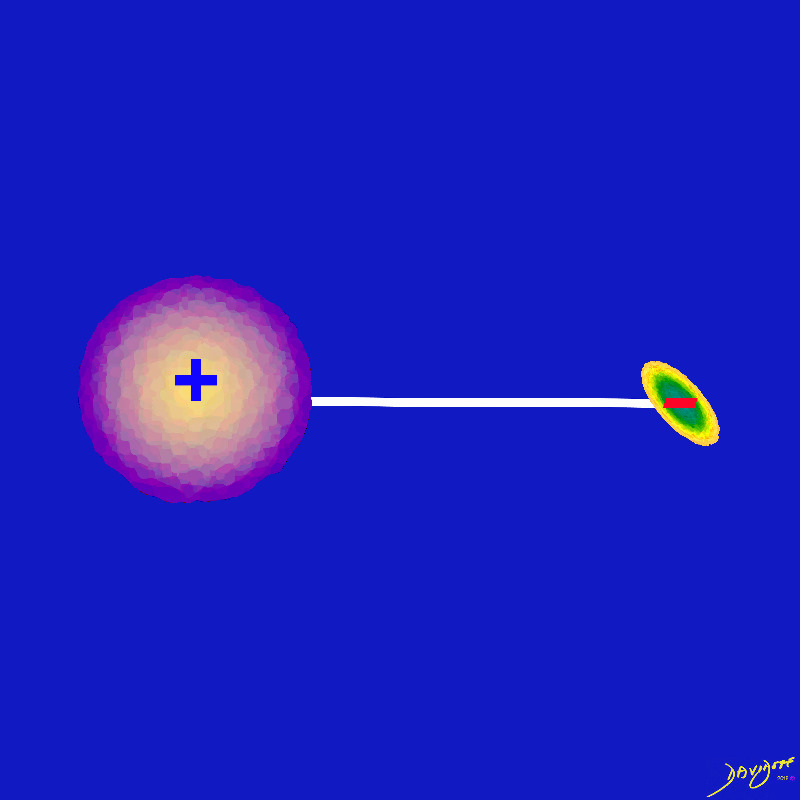
Rules are not necessarily sacred, principles are.
This site explains the principles that govern TCV
IN BIOLOGY
The CELL and organelles

Organelles of the Cell
The organelles of the cell bond in structure and function to create a single entity – the cell
The nucleus is the central focus of the cell and it is bonded to the organelles including the smooth and rough endoplasmic reticula, Golgi apparatus, mitochondrion, lysosome, and messenger RNA.
Copyright Ashley Davidoff MD
TCV-0071
In the cell, organelles yearn for wholeness and therefore connect, and bond in the cytoplasm and function together as one structure in time and space. Most of the time this leads to more order but sometimes more disorder. Cancer is an example occurs when a cell becomes a rebel in the community without regard for the whole Often though the result is in a state between order and disorder.

Organs of the Body
The organs of the body, bond in structure and function to create a single entity – the body
The brain is the central controlling and integrating organ of the body and it is linked to the organs via nerves. Blood vessels, ducts and hormones also serve to connect the organs
Copyright Ashley Davidoff MD
TCV-0072
In the body, the organs yearn for wholeness and therefore connect, and bond via blood vessels. nerves, lymphatics, ducts and hormones, and function together as one structure in time and space. Most of the time this leads to more order but sometimes more disorder.
In NATURE
The following video, demonstrates the yearning for Oneness by the flock of birds.
https://www.facebook.com/linda.robinson.9404/videos/10160054878540092/?t=2

